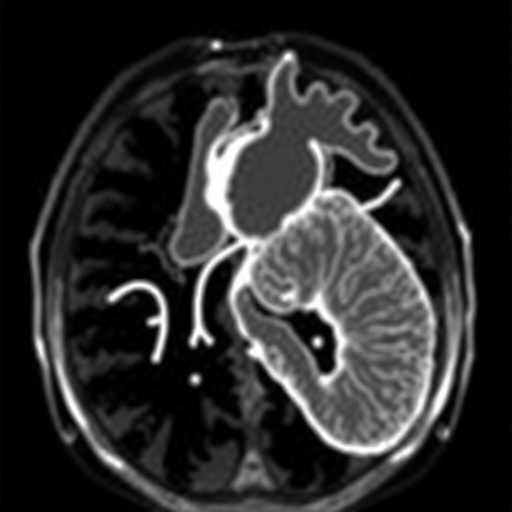An inter-disciplinary team of scientists and archaeologists have discovered widespread evidence of prehistoric milk production in southern Europe.
The study uncovered evidence that humans have been utilising milk and dairy products across the northern Mediterranean region from the onset of agriculture – some 9,000 years ago.
The importance of meat and dairy production in the Neolithic Mediterranean area remains a topic of debate, with previous research showing that the attraction for milk may have been a driving force for the domestication of cud-chewing animals like cows, goats and sheep.
This study combined evidence of the presence of milk and carcass fats in more than 500 pottery vessels together with an examination of the ages at death of domesticated animals excavated from 82 sites dating from the 7th to 5th millennia BC.
The findings show varying intensities of dairying and non-dairying activities in the northern Mediterranean region, with the slaughter profiles of the animals mirroring the fats detected in cooking pots.
The research was brought to fruition by Cynthianne Spiteri, Mélanie Roffet-Salque and Roz Gillis, who undertook the analysis during their PhD research at the Universities of York and Bristol, and the Centre National de la Recherche Scientifique, respectively.
Dr Cynthianne Spiteri said: "At the onset of food production in the northern Mediterranean region, milk was an important resource to these early farming communities.
"It is likely to have played an important role in providing a nourishing and storable food product which was able to sustain early farmers, and consequently, the spread of farming in the western Mediterranean."
Dr Mélanie Roffet-Salque, from the University of Bristol's School of Chemistry, said: "In this work, we integrate for the first time the findings of the analyses of lipid fats extracted from hundreds of cooking pots with the reconstruction of the actual herds at tens of sites, based on the remains of sheep, goats and cattle.
Professor Richard Evershed, also from the University of Bristol, added: "Our earlier work had demonstrated that milk use was highly regionalised in the Near East in the 7th millennium BC, and this new multidisciplinary study further emphasises the existence of diverse use of animal products in the northern Mediterranean Neolithic.
"Dairying was clearly practiced both in the east and west of the region, but it is still surprisingly barely detectable in Northern Greece, where the lipids from pots and the animal bones tell the same story: meat production was the main activity not dairying."
Dr Rosalind Gillis and Dr Jean-Denis Vigne, archaeozoologists at the Centre National de la Recherche Scientifique in the National Museum of Natural History in Paris added: "The choice of raising certain domesticates for their milk would have been heavily influenced by the landscape around the Neolithic communities. For example, rugged terrains are more suitable for sheep and goats. And open well-watered landscapes are better suited for cattle."
Professor Oliver Craig, from the University of York, said the findings were particularly relevant as much of the population in that region today can't digest milk.
He added: "We presume this was also true back in the early Neolithic period, although this is still to be confirmed through genetic testing of ancient skeletons. Despite this deficiency, our research shows that they certainly exploited milk because we have found organic remnants in the pots they were using."
Dr Roffet-Salque added: "What is particularly intriguing is that lactose intolerance was clearly no barrier to milk use.
"The major question that still remains is how the milk was being processed to make it palatable to these early Neolithic farmers."
The study, which was partly funded by The Natural Environment Research Council (NERC) and the European Union, is published in the Proceedings of the National Academy of Sciences of the United States of America.
###
Media Contact
Richard Cottle
[email protected]
@BristolUni
http://www.bristol.ac.uk
############
Story Source: Materials provided by Scienmag




